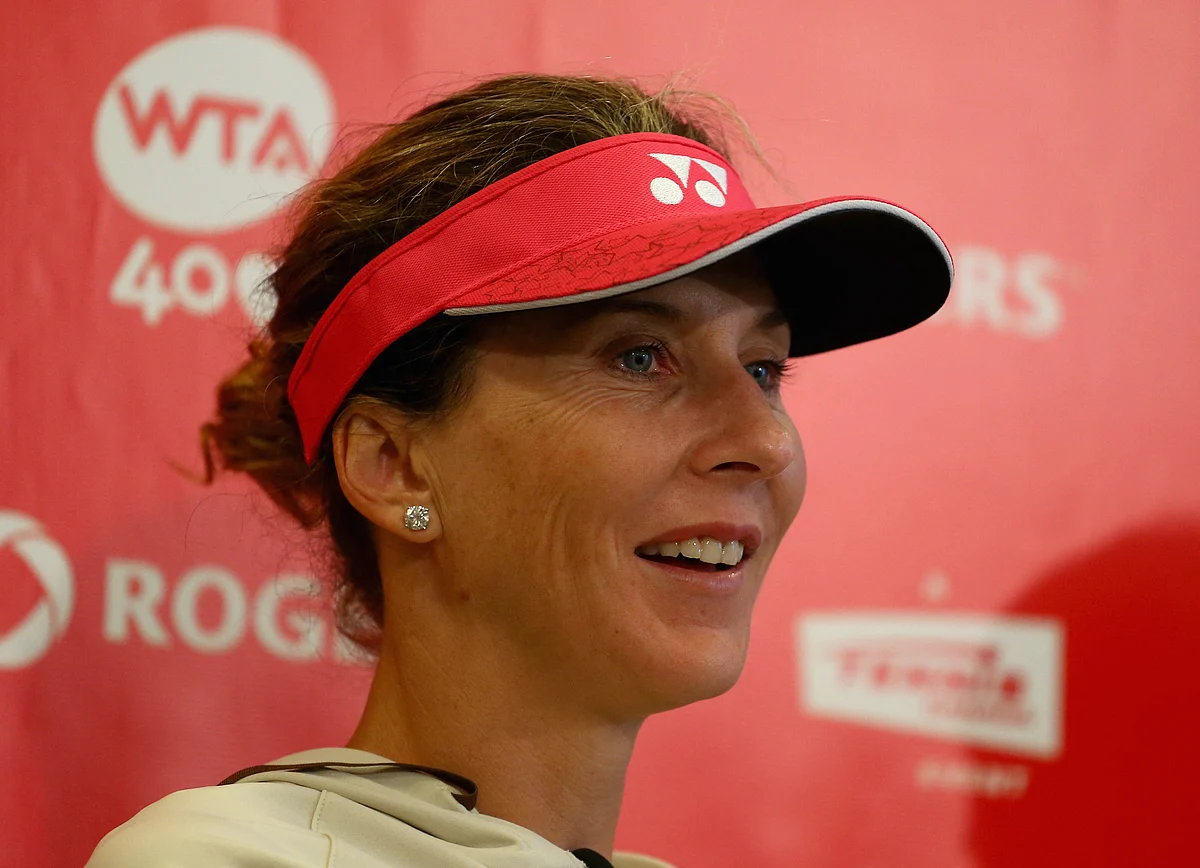‘Wait, I see two tennis balls on court’: Monica Seles reveals her rare health condition
Nine-time Grand Slam champion Monica Seles opens up on living with myasthenia gravis

Dubai: Nine-time Grand Slam champion Monica Seles has always been known for her resilience — both on and off the tennis court. Now, the International Tennis Hall of Famer is opening up about a new challenge: living with myasthenia gravis, a rare neuromuscular autoimmune disease that causes muscle weakness and double vision.
Seles, 51, first noticed the troubling symptoms several years ago during everyday moments that suddenly became difficult. “I was playing with kids or family, and I kept missing the ball. I thought, ‘Wait, I see two balls,’” she recalled in a recent interview with the Associated Press. “Those are symptoms you can’t ignore.”
Simple tasks become difficult
The disease, commonly known as MG, affects the voluntary muscles — the ones we control consciously. It most often impacts young adult women and older men but can appear at any age. For Seles, it meant experiencing weakness in her arms and legs, making even simple tasks like blowing her hair challenging.
“I had never heard of myasthenia gravis until my doctor referred me to a neurologist,” Seles said. “When I was diagnosed, I was shocked — ‘What?!’ I thought. It took time to absorb and accept this new reality.”
Now, for the first time publicly, Seles is sharing her story ahead of the US Open, which begins August 24. She is partnering with argenx, a global immunology company, to raise awareness through their Go for Greater campaign.
Despite the diagnosis, Seles remains a source of inspiration. Her career itself was marked by overcoming adversity — from arriving in the United States as a 13-year-old immigrant who spoke no English, to surviving a terrifying stabbing attack at a Hamburg tournament in 1993 that threatened her life and career.
“The way the fans welcomed me back after my stabbing, especially at the 1995 US Open where I made it to the final, is something I will never forget,” she said. “Those moments stay with you.”
She describes living with MG as another “hard reset” in her life — a phrase she uses to describe the major adjustments she has faced over the years.
“In tennis terms, I’ve had to reset many times: moving countries as a child, handling sudden fame as a teenager, recovering from the stabbing, and now this diagnosis,” Seles said. “But as I tell the kids I mentor, ‘You’ve got to always adjust. That ball is bouncing, so you have to adjust.’ That’s exactly what I’m doing now.”
Monica Seles’s openness shines a light on a disease that remains little-known to many. Her courage offers hope to those facing similar challenges, proving that even legends must learn to adapt — on the court and in life.
— With inputs from AP
Sign up for the Daily Briefing
Get the latest news and updates straight to your inbox
Network Links
GN StoreDownload our app
© Al Nisr Publishing LLC 2025. All rights reserved.
